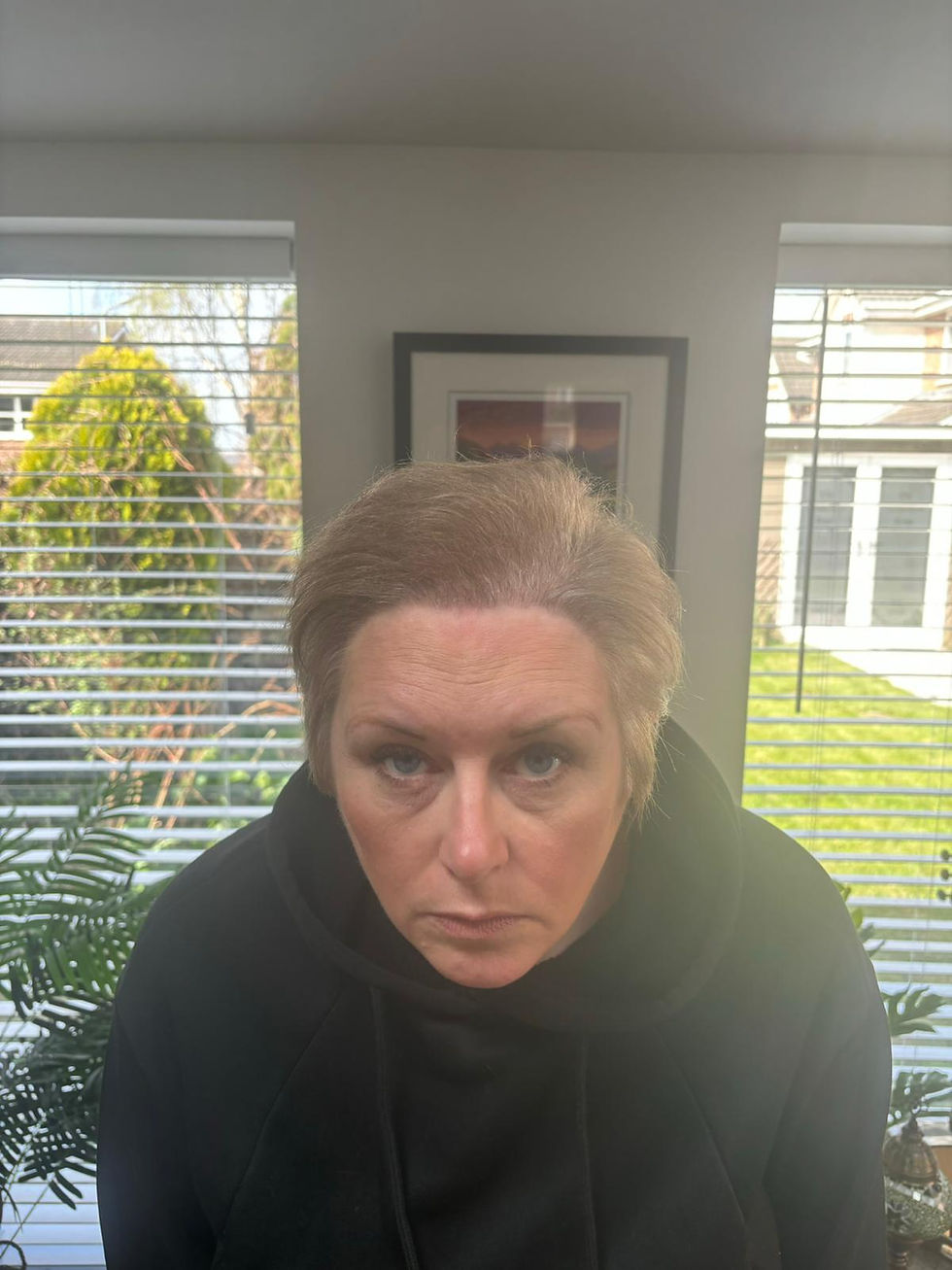Colin Farrell Hair Journey: From Receding Hairline to Renewed Presence
- Joseph Vita
- Sep 17
- 1 min read

Colin Farrell burst onto the scene in the early 2000s, starring in films like Tigerland and Phone Booth. His sharp jawline and thick, slightly messy hair quickly became part of his “bad boy” Hollywood image. For many fans, that hairstyle was as memorable as his performances.
The First Signs of Thinning
As Farrell’s career progressed, keen followers noticed a shift in his appearance. By the late 2000s, his hairline began receding at the temples, moving toward the early stages of male pattern baldness.
Like many men in the spotlight, these changes sparked speculation. Would Colin embrace a balding look, or would he take action to preserve his trademark style?
Speculation About a Hair Transplant
Over the past decade, Farrell has been spotted with a fuller, more defined hairline. While he has never openly confirmed undergoing a procedure, the transformation suggests possible intervention.
For actors, the discreet and natural-looking DHI hair transplant is often the method of choice. It allows for:
Natural density that blends with existing hair
Minimal downtime essential for busy schedules
Results that don’t appear “surgical”
For those curious about options, our guide on choosing the right hair transplant: DHI vs FUE vs FUT explains which technique suits different needs.
Recovery and Maintenance
If Colin did undergo restoration, his journey would include recovery phases such as shock hair loss and temporary scabbing, detailed in our guide on what are scabs after a hair transplant.
Long-term success also depends on lifestyle. For example, protecting the scalp from UV rays is crucial, as we explain in "how sun exposure can affect your hair transplant results"













.png)
Comments